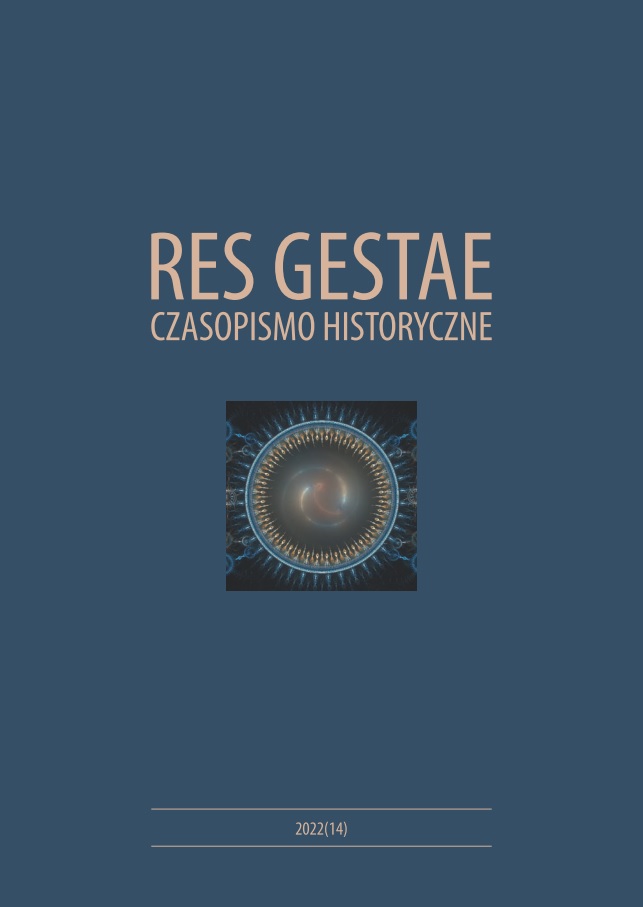Rozwój przestrzenny Santiago de Compostela w okresie średniowiecza ze szczególnym uwzględnieniem kształtowania placów miejskich
The spatial development of Santiago de Compostela in the Middle Ages, with a particular focus on the shaping of urban squares
Author(s): Natalia BursiewiczSubject(s): History
Published by: Wydawnictwo Uniwersytetu Komisji Edukacji Narodowej w Krakowie
Keywords: spatial development;history of urban form;public square;history of urban planning in the Middle Ages;urbanism in Spain
Summary/Abstract: The aim of the article is to examine the process of spatial development in Santiago de Compostela in the Middle Ages, with a particular focus on the formation of urban squares. The city under examination is a specific case in the history of Spanish urbanism as it emerged ex novo, which means that Roman or Arab architectural layers are absent there. Furthermore, the historic lay-out of the city center has survived without major changes. The role of squares in the structure of Santiago Compostela is no less important. From the beginning, so from the moment the first sacral building with relics appeared, they constituted an integral element of urban space, fulfilling diverse functions; they continue to defi ne urban identity. The number, size and meaning of urban squares underlines the uniqueness of architectural objects, the history of the place and of the city center itself. Looking at the origins of the formation of urban squares in this Spanish locality – noticing their specifi c nature, the dynamic of their emergence and their formal functional continuity – might contribute to a better understanding of contemporary public space, which has constituted an integral element of urban dwellers for centuries.
Journal: Res Gestae. Czasopismo historyczne.
- Issue Year: 2021
- Issue No: 13
- Page Range: 5-21
- Page Count: 17
- Language: Polish

